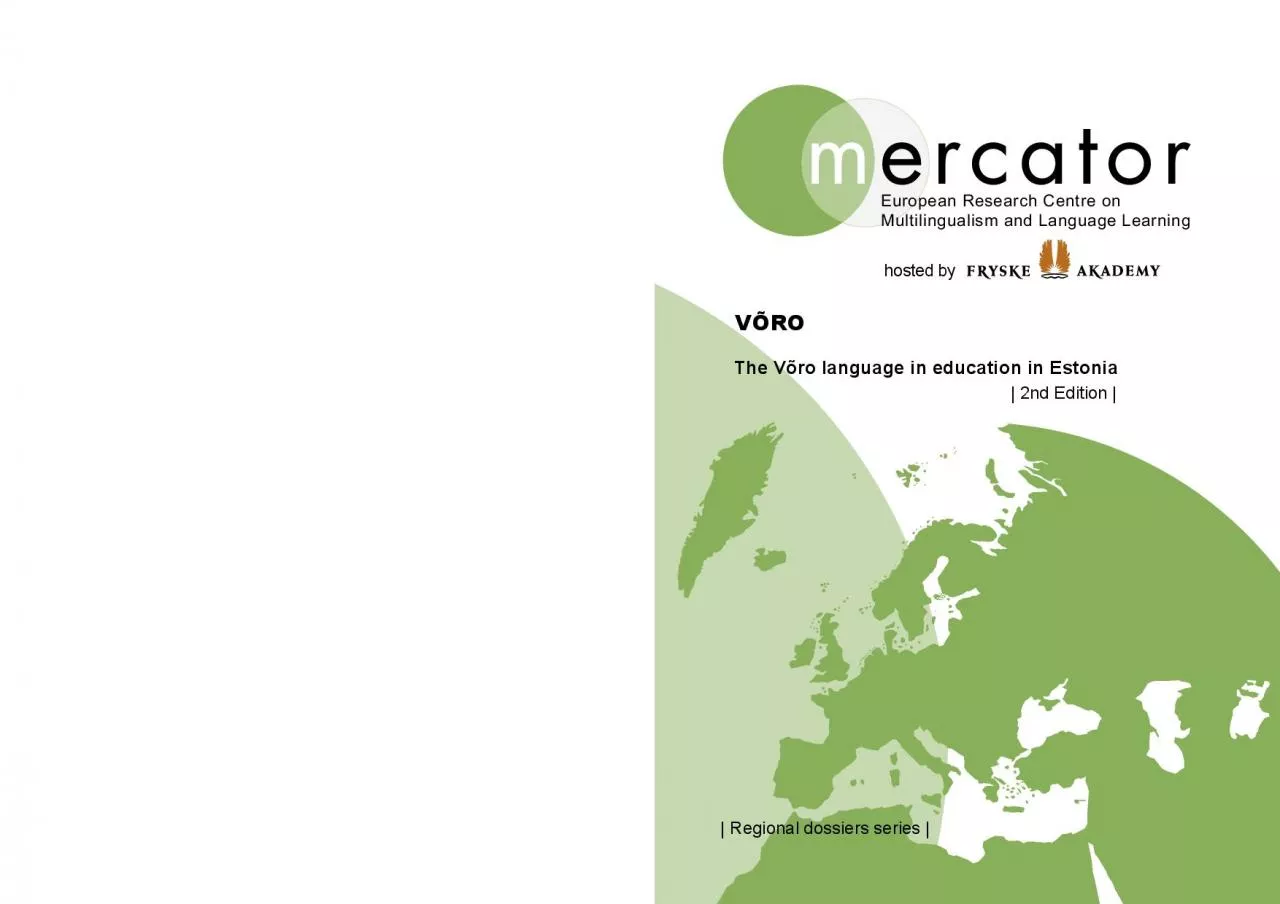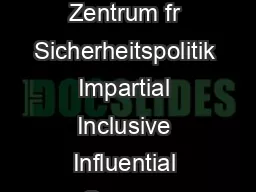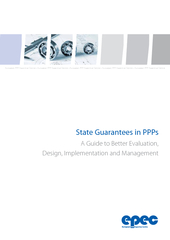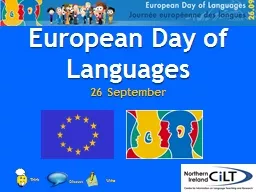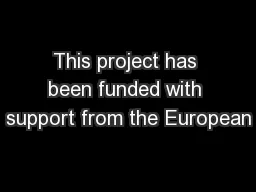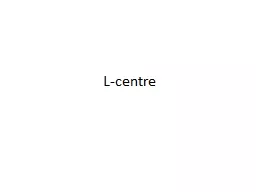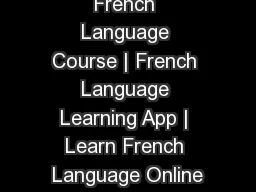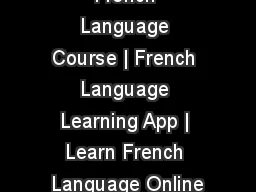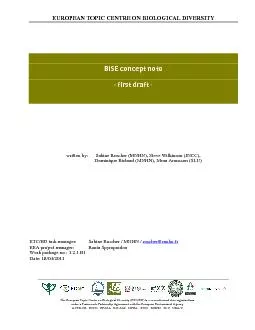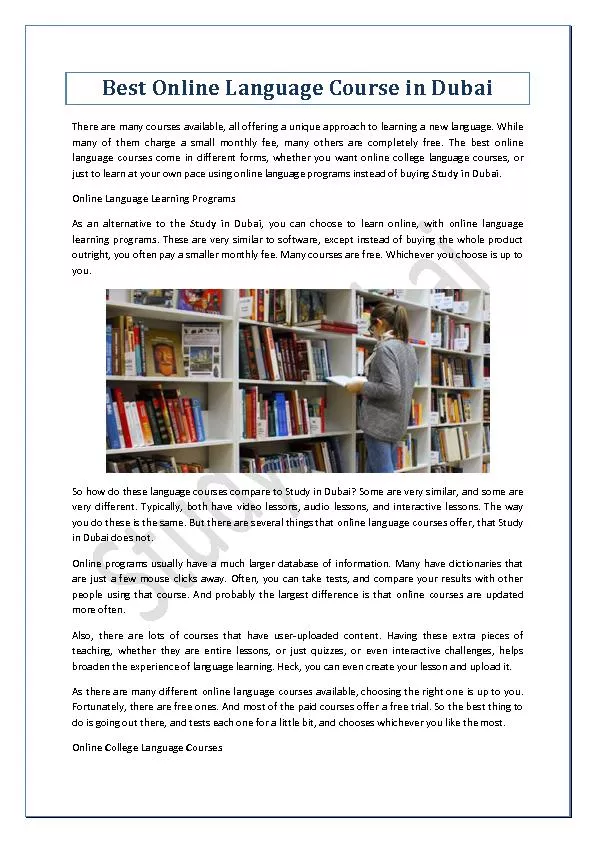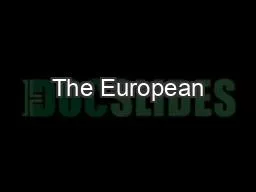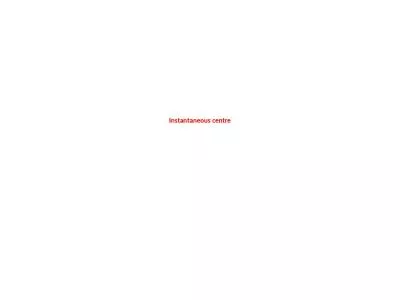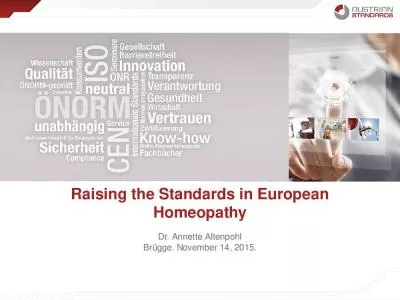PDF-European Research Centre onMultilingualism and Language Learning
Author : daisy | Published Date : 2021-06-19
co Fryske AkademyPO Box 54NL8900 AB LjouwertLeeuwarden 0031 0 58 234 3027W wwwmercatorresearcheu mercatorfryskeakademynlVÕROThe Võro language in education in
Presentation Embed Code
Download Presentation
Download Presentation The PPT/PDF document "European Research Centre onMultilinguali..." is the property of its rightful owner. Permission is granted to download and print the materials on this website for personal, non-commercial use only, and to display it on your personal computer provided you do not modify the materials and that you retain all copyright notices contained in the materials. By downloading content from our website, you accept the terms of this agreement.
European Research Centre onMultilingualism and Language Learning: Transcript
Download Rules Of Document
"European Research Centre onMultilingualism and Language Learning"The content belongs to its owner. You may download and print it for personal use, without modification, and keep all copyright notices. By downloading, you agree to these terms.
Related Documents

